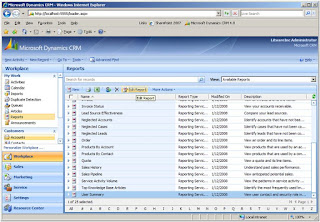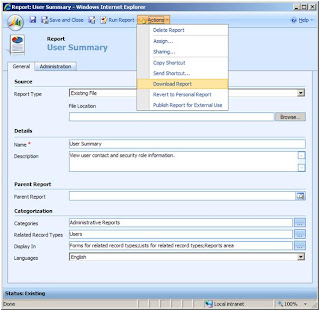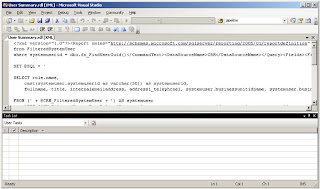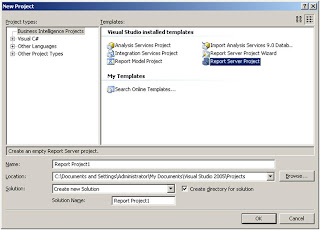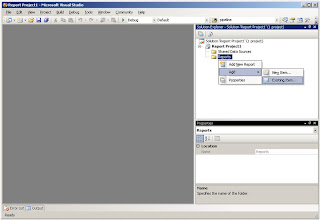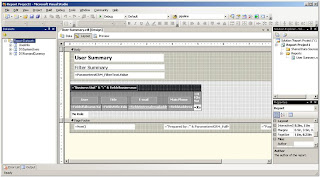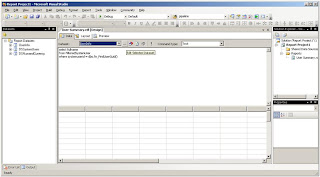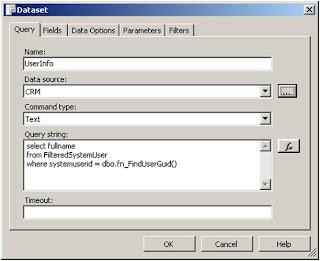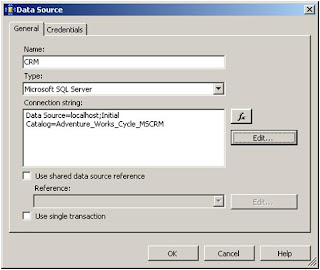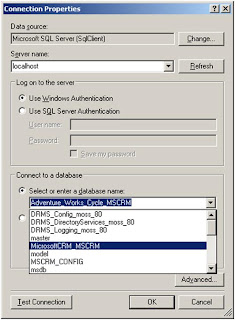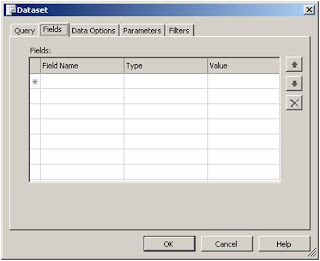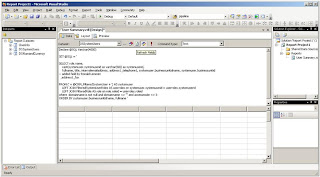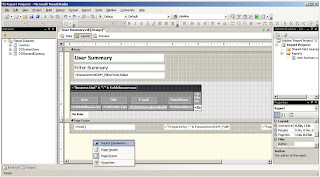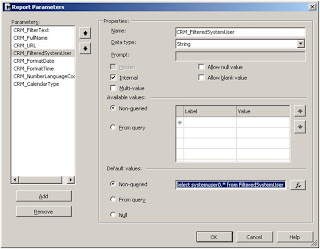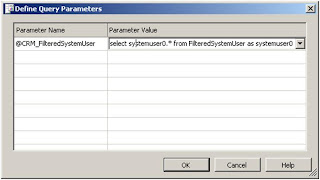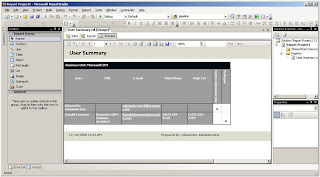I've been working on deploying an application today. I received the error "Unauthorized" all the time and did not know why. The website was deployed as a new virtual directory within the ISV folder, authentication was set to integrated windows authentication and the password which was supplied was correct. Still I was able to get this error message:
Server Error in '/ISV/CustomApplication' Application.
The request failed with HTTP status 401: Unauthorized. Description: An unhandled exception occurred during the execution of the current web request. Please review the stack trace for more information about the error and where it originated in the code. Exception Details: System.Net.WebException: The request failed with HTTP status 401: Unauthorized.Source Error:
An unhandled exception was generated during the execution of the current web request. Information regarding the origin and location of the exception can be identified using the exception stack trace below. Stack Trace:
[WebException: The request failed with HTTP status 401: Unauthorized.]
System.Web.Services.Protocols.SoapHttpClientProtocol.ReadResponse(SoapClientMessage message, WebResponse response, Stream responseStream, Boolean asyncCall) +551137
System.Web.Services.Protocols.SoapHttpClientProtocol.Invoke(String methodName, Object[] parameters) +204
Microsoft.Crm.Metadata.MetadataWebService.GetDataSet() +31
Microsoft.Crm.Metadata.DynamicMetadataCacheLoader.LoadDataSetFromWebService(Guid orgId) +301
Microsoft.Crm.Metadata.DynamicMetadataCacheLoader.LoadCacheFromWebService(LoadMasks masks, Guid organizationId) +40
Microsoft.Crm.Metadata.DynamicMetadataCacheFactory.LoadMetadataCache(LoadMethod method, CacheType type, IOrganizationContext context) +418
Microsoft.Crm.Metadata.MetadataCache.LoadCache(IOrganizationContext context) +324
Microsoft.Crm.Metadata.MetadataCache.GetInstance(IOrganizationContext context) +386
Microsoft.Crm.BusinessEntities.BusinessEntityMoniker..ctor(Guid id, String entityName, Guid organizationId) +115
Microsoft.Crm.Caching.UserDataCacheLoader.LoadCacheData(Guid key, ExecutionContext context) +323
Microsoft.Crm.Caching.ObjectModelCacheLoader`2.LoadCacheData(TKey key, IOrganizationContext context) +389
Microsoft.Crm.Caching.BasicCrmCache`2.CreateEntry(TKey key, IOrganizationContext context) +82
Microsoft.Crm.Caching.BasicCrmCache`2.LookupEntry(TKey key, IOrganizationContext context) +108
Microsoft.Crm.BusinessEntities.SecurityLibrary.GetUserInfoInternal(WindowsIdentity identity, IOrganizationContext context, UserAuth& userInfo) +344
Microsoft.Crm.BusinessEntities.SecurityLibrary.GetCallerAndBusinessGuidsFromThread(WindowsIdentity identity, Guid organizationId) +194
Microsoft.Crm.Authentication.CrmWindowsIdentity..ctor(WindowsIdentity innerIdentity, Boolean publishCrmUser, Guid organizationId) +279
Microsoft.Crm.Authentication.WindowsAuthenticationProvider.Authenticate(HttpApplication application) +605
Microsoft.Crm.Authentication.AuthenticationStep.Authenticate(HttpApplication application) +125
Microsoft.Crm.Authentication.AuthenticationPipeline.Authenticate(HttpApplication application) +66
Microsoft.Crm.Authentication.AuthenticationEngine.Execute(Object sender, EventArgs e) +513
System.Web.SyncEventExecutionStep.System.Web.HttpApplication.IExecutionStep.Execute() +92
System.Web.HttpApplication.ExecuteStep(IExecutionStep step, Boolean& completedSynchronously) +64
Version Information: Microsoft .NET Framework Version:2.0.50727.1433; ASP.NET Version:2.0.50727.1433
After quite a search I managed to find
this blog. There I learned that CRM is using an HttpModule for multitenancy. The http module will be called with an anonymous user account and will fail when it's requesting the metadata webservice. To make your own app working, you'll need to remove the HttpModule from being loaded. A copy paste piece from Cesar de la Torre's blog:
This is what you have to add to your own web.con file:
<system.web>
<httpModules>
<clear/>
</httpModules>
Also, if you are not using any CRM 4.0 Titan assembly within your app, you can also get rid of all the references, adding also the following:
<assemblies>
<clear/>
<add assembly="*"/>
Personally I prefer the removal of only the exact names instead of a generic "clear". What I ended up using is:
<httpModules>
<remove name ="CrmAuthentication"/>
<remove name ="MapOrg"/>
</httpModules>
If any of you finds a better approach I'm glad to hear that. Until then I'll be using this approach.
